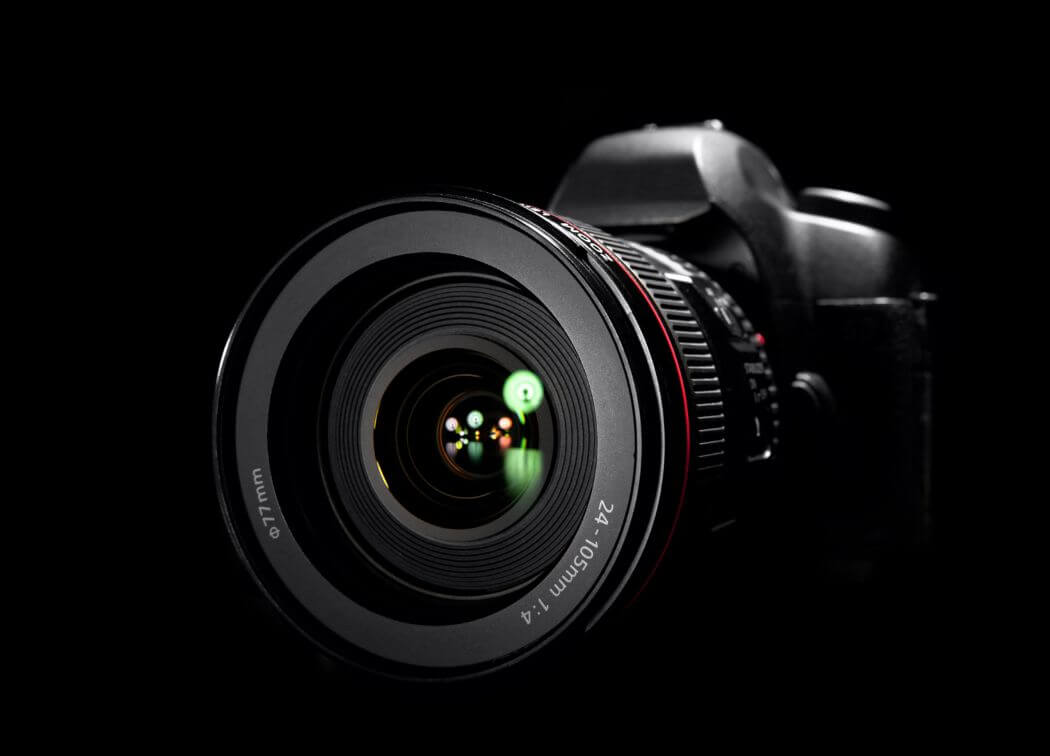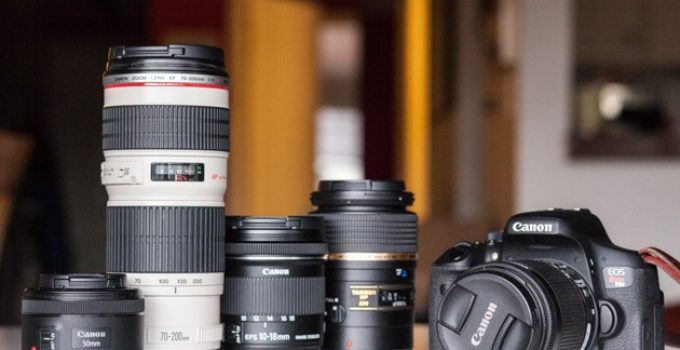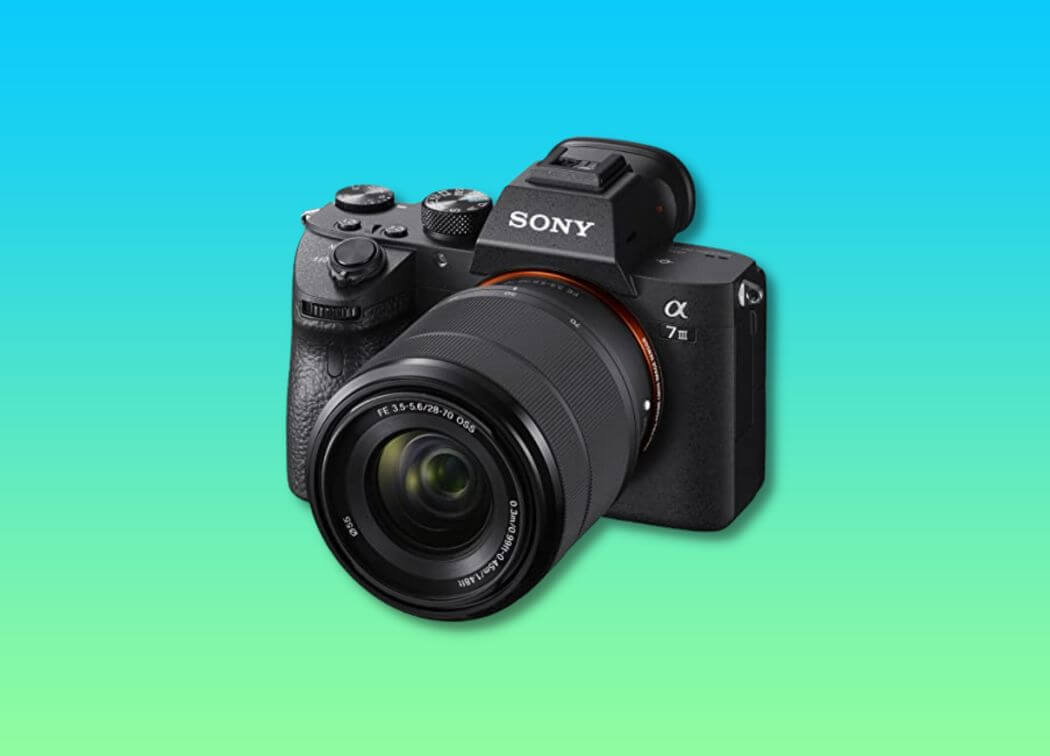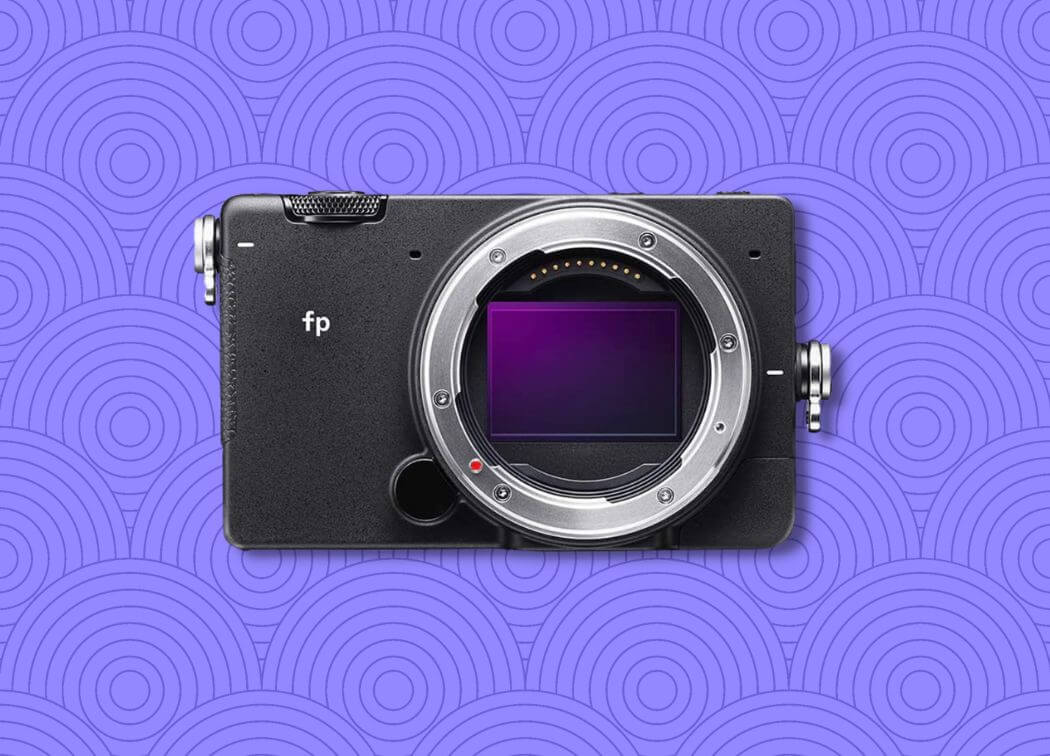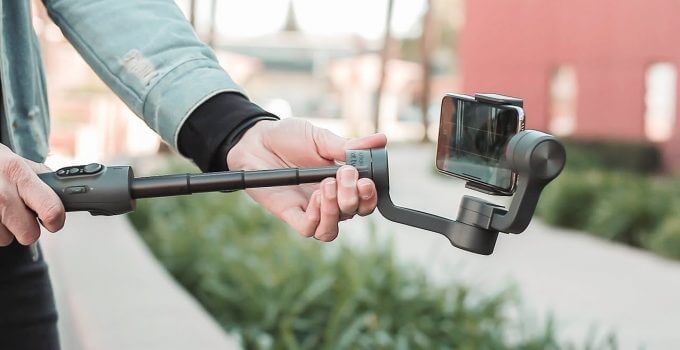The naming convention for Nikon lenses can sometimes be quite confusing. Nikon uses letters and abbreviations to distinguish different lens features. Here you can find all the lens names so you know what you are buying and whether it fits your camera.
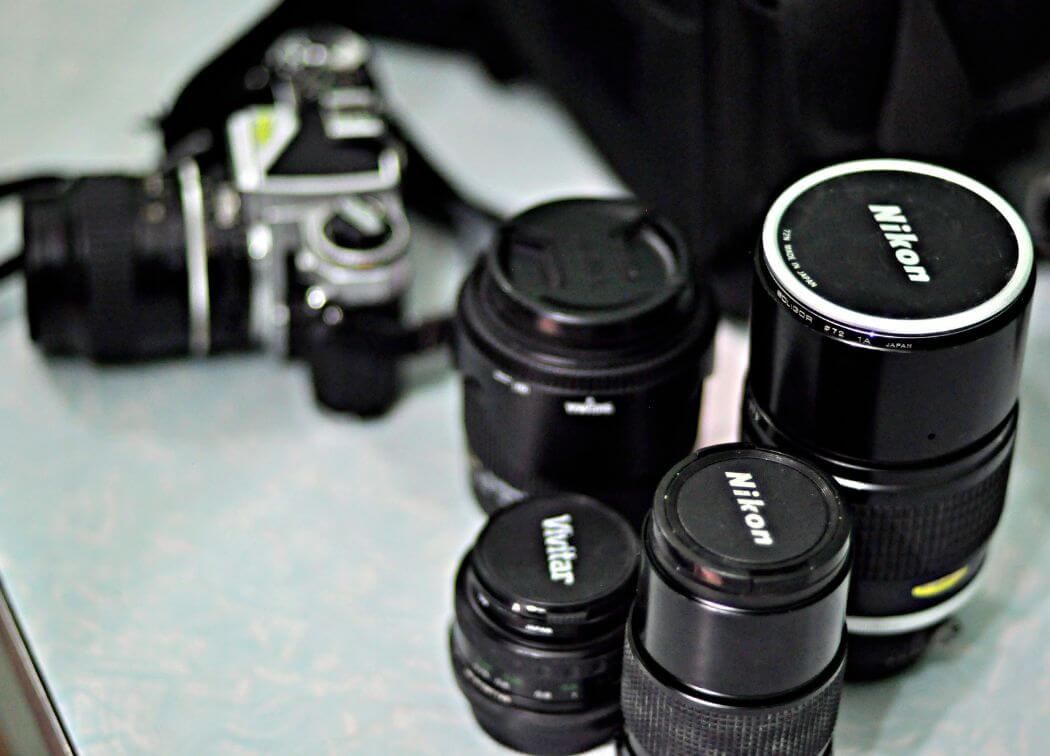
Since Nikon has been making lenses for so many years and technology has changed significantly over time, some of the older abbreviations are no longer used with modern lenses. In this article, I will explain all Nikon lens abbreviations. I will also discuss the compatibility of Nikon lenses with different cameras.
Nikon Lens Abbreviations ” A to C”
Here is a detailed list of all Nikon lens abbreviations that currently exist. The terms that are no longer used with modern lenses are marked with an asterisk(*):
- AF – Stands for Auto Focus, which means that the lens can focus automatically.
- AF-D * – Autofocus with distance information (D for distance in English). Actually the same as AF, except that it can indicate the distance between the subject and the lens. It then passes this information to the camera. The distance information can be useful for metering. See also the acronym “D” below.
- AF-I * – Autofocus with a built-in focus motor.
- AI-P * – Lenses with manual focus and built-in CPU that transmits exposure metering data to the camera.
- AF-S – Autofocus with the so-called silent-wave motor. The AF-S lenses have built-in motors inside the lens that work great on all cameras without built-in motors, such as Nikon D40/D40x, D60, D3x00, and D5x00 series.
- AF-P – Autofocus with stepper motor. These are the latest generation of built-in motors that are fast and extremely quiet. They are therefore ideal for the demands of photography and videography. AF-P motors require the latest generation Nikon DSLRs such as the D7500 and D500. They will not work with older DX and FX DSLRs such as the Nikon D7000 and D800.
- AI * – Stands for “Automatic Indexing”. This abbreviation was used on very old lenses with manual focusing. It is no longer used for modern lenses.
- AI-P * – AI lenses with manual focus and a chip that sends data to the camera.
- AI-S * – Lenses with a manual focus that could be used with cameras with program and shutter priority camera modes. With AI-S lenses, the aperture can be changed directly from the camera.
- ASP – The lens contains at least one aspherical lens element used to correct coma and other aberrations. Sometimes referred to as “AS”.
- CRC – Close Range Correction Lenses. They are optimized for short-focusing distances.
Nikon lens abbreviations ” D to I”
- D – D-type lenses send information about the object’s distance to the camera (for example, with AF-D).
- DC – Defocus Control lenses allow you to control the bokeh. This makes them ideal for portrait photography.
- E – The new “E” lenses feature an electronic aperture control. This is similar to those we have previously seen on PC-E lenses (below). These lenses do not have an aperture lever on the back of the lens. They are also fully electronic, so there is no longer any way to manually adjust the aperture. Type “E” lenses are more accurate than type “G” lenses, especially when shooting at high frame rates. This is because the lens can stop down to the desired aperture without having to switch on the camera motor.
- ED – Extra-low dispersion glass elements within the lens do not scatter light as it enters the lens. Most of Nikon’s top modern lenses contain ED glass. It delivers better sharpness and reduces chromatic aberrations or color fringing in photos.
- FL – Newly introduced in 2013, indicating that the lens is equipped with fluorite lens elements, which are optically enhanced and much lighter glass elements. A number of new lenses, such as the Nikon 800mm f/5.6E VR, are now equipped with fluorite elements.
- G – If you see the letter “G” after the aperture size in the lens, for example, “Nikon 50mm AF-S f/1.4G”, it means that the lens does not have an aperture ring. Many of the older lenses have an aperture ring. All modern Nikon lenses are “G” because you only need the aperture ring on old camera bodies with manual focus.
- HRI – Stands for “High Refractive Index Lens.” This is designed to reduce field curvature and spherical aberrations. HRI lens elements are only found on the best Nikon lenses, such as the Nikon 70-200mm f/2.8E FL ED VR.
- IF – Internal focusing allows your lens to focus quickly. It moves some of the elements inside the lens barrel without moving the front barrel. Many of Nikon’s modern lenses, such as the Nikon 18-200mm f/3.5-5.6G VR II and the Nikon 70-200mm f/2.8G VR II, are IF lenses. Lens with intermediate frequency (IF) focus faster than lenses without IF.
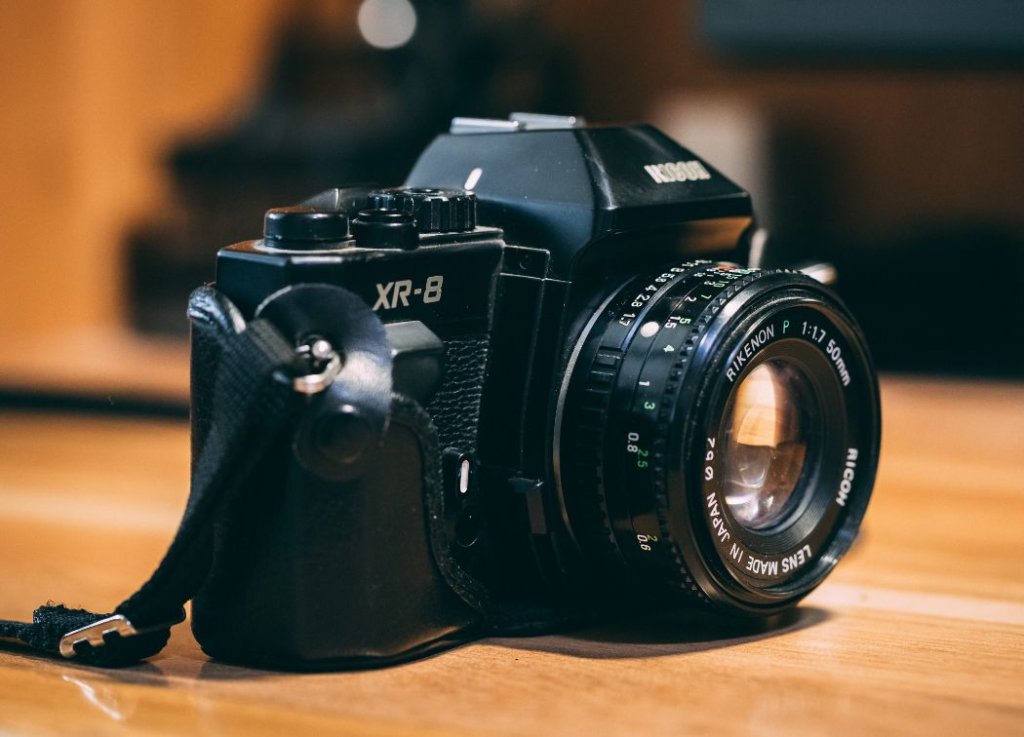
Nikon lens abbreviations ” M to Z”
- Micro – The same as macro, which in macro lenses stanads for close-up.
- N – The letter “N” stands for Nano Crystal Coat and is always shown in a gold sticker on all top-of-the-line Nikon lenses. It is a special anti-reflective type of glass coating that prevents internal reflections in the lens. It is therefore very effective against ghosting and lens flare.
- PC-E – Perspective control with electronic iris. Allows tilting and shifting of the lens to create special effects.
- RF – Rear Focusing. Focusing is done by moving the rear element inside the lens. That is, the rear element moves when focusing. The latest Nikon 24mm f/1.4 lens, for example, is RF.
- SIC – Lenses with Super Integrated Coating have better color performance and are generally better protected against ghosting and flare.
- SWM – Silent Wave Motor enables quiet autofocus with a quick switch between autofocus and manual operation. Overriding the autofocus is very easy. You simply turn the focus ring instead of switching to manual mode first, as is normally required with AF-D lenses.
- VR – Vibration Reduction allows you to use lenses that are handheld. Then you don’t need a tripod in poorly exposed situations. Special motion sensors inside the lens detect hand movements and compensate for them by stabilizing the lens in the opposite direction.
Nikon Compatibility Lens Mount [FX, DX, CX]
Following you will find the most important abbreviations for the sensor sizes of Nikon.
- FX – This abbreviation stands for “full-frame”. These lenses are best suited for full-frame cameras. So abbreviations like FX, DX, and CX refer to the format size (size of the digital sensor). However, you will never see FX on the lenses themselves. Unless otherwise stated, all lenses are full frame by default (see DX and CX below). I have dedicated a separate article to this topic.
- DX – If you see “DX” on a lens, it means it’s specifically designed for APS-C DX camera bodies (see sensor size comparison below) such as Nikon D3000/D5000/D90/D300s. DX lenses work on FX cameras because they are physically mounted. However, they will only work at half the resolution. This is very important when considering Nikon lens compatibility.
- CX – Nikon has a mirrorless system called “Nikon 1” with a special sensor. This is smaller than DX. Although the abbreviation CX is not in the lens title, you may see it in descriptions and other places. The lens title “1 NIKKOR” means that the lens is designed specifically for CX camera bodies like Nikon 1 V1/V2/J1/J2. Thus, in terms of Nikon lens compatibility, CX lenses will not work on other Nikon mounts.
Abbreviations Explain using a Nikon lens
Take a look at the following Nikon lens:
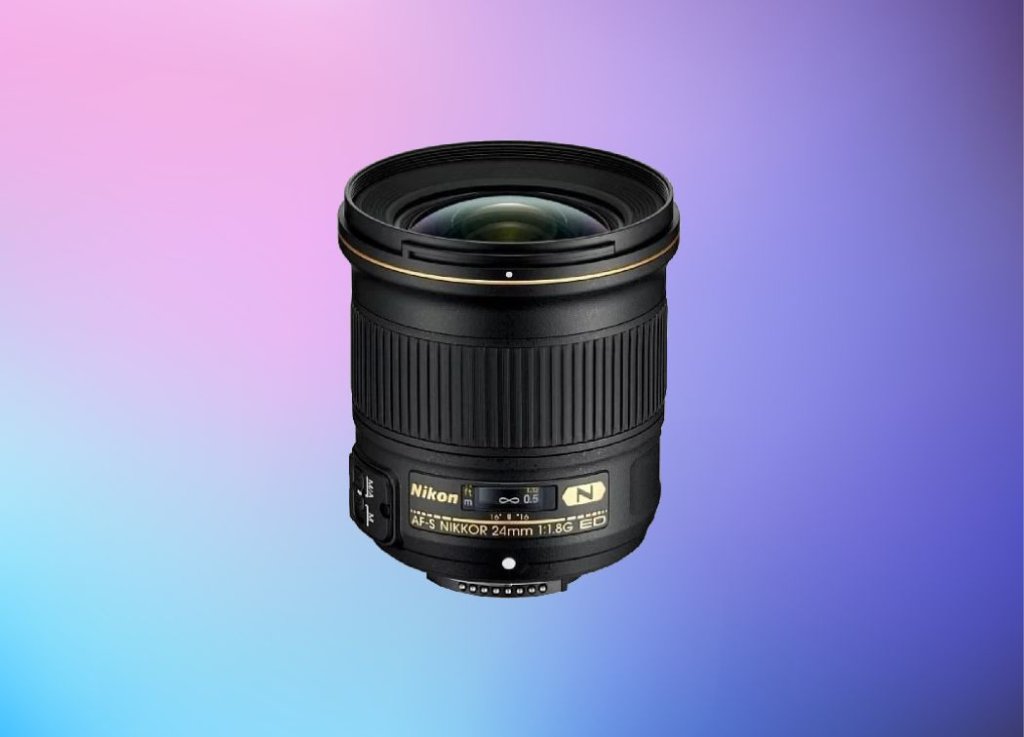
As you can see from the picture, the lens says “AF-S Nikkor 24mm f/1.8G ED”. Basically, this means that it is a 24mm fixed focal length lens with a maximum aperture of f/1.8. Further, it has built-in autofocus with a silent-wave motor (AF-S) and extra-low dispersion (ED) glass. However, it does not have an aperture ring (G). The large letter “N” on the side indicates that the lens has a nano crystal coating (“Nano Crystal Coat”). Nikkor and Nikon are the same.
Hopefully, after reading this article, you will know a little more about the many abbreviations and terms that Nikon uses. When buying your next lens, be sure to check Nikon lens compatibility.
If I did forget an abbreviation, feel free to share it in the comments.

